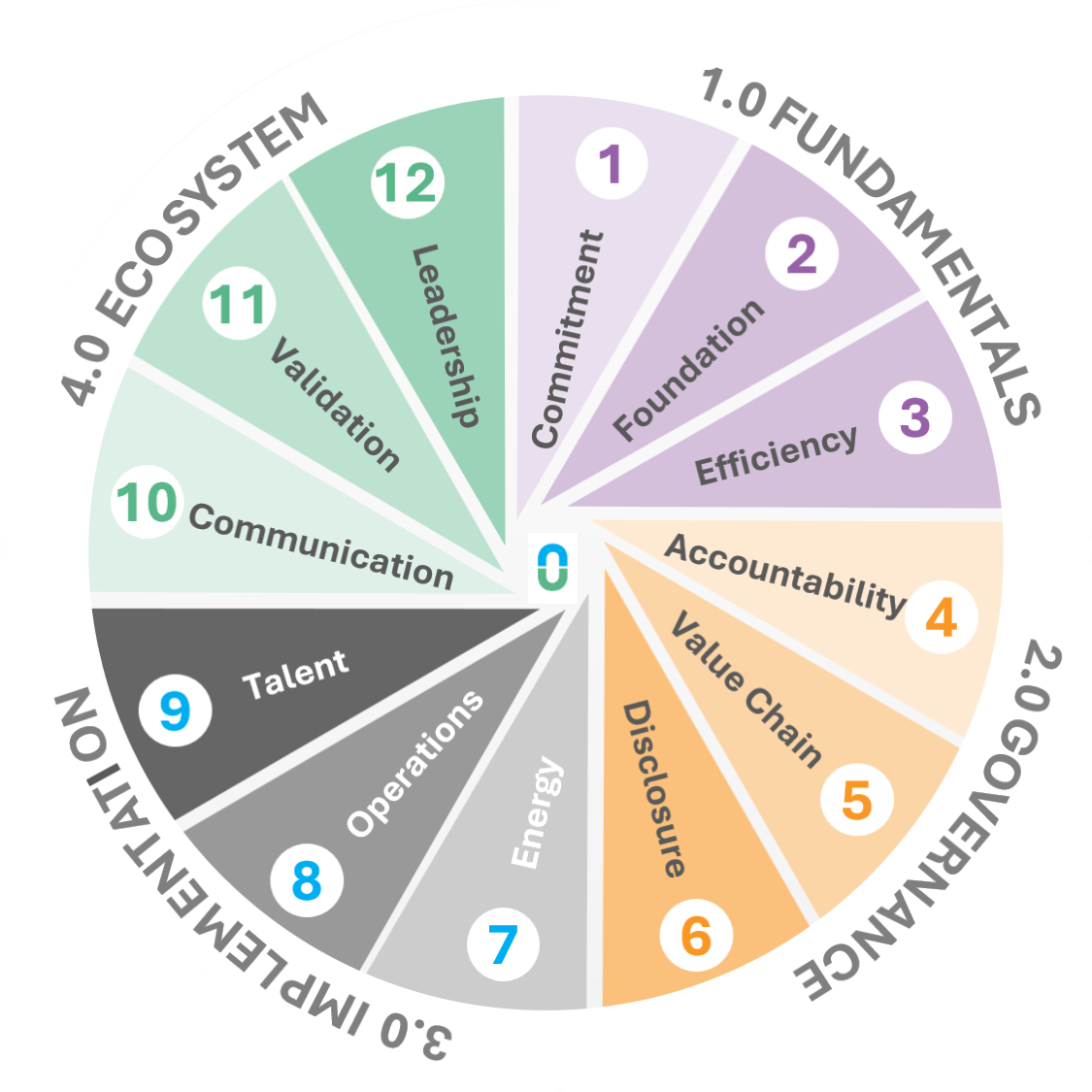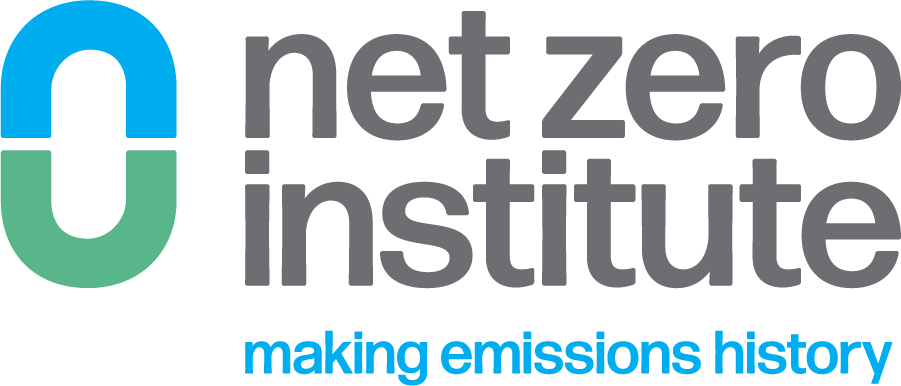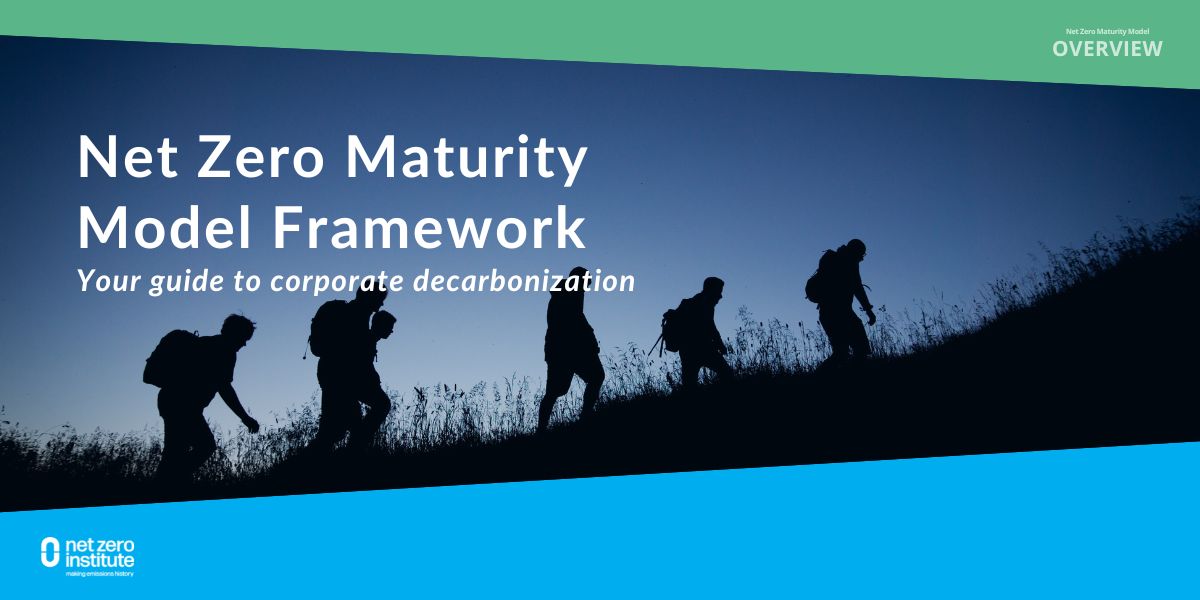Net Zero Maturity Model Framework
Your guide to corporate decarbonization
The Net Zero Institute supports our member companies through a 12-step 'Maturity Model' that guides them on their net zero journey.
We focus on curating and developing targeted resources, workshops, programs, peer cohorts, tools, mentoring, and other forms of support tailored to each stage of the maturity model. This approach helps companies progress one step at a time.
 Companies can assess their needs and start at any step where they require support. While the steps are designed for a natural progression, companies have the flexibility to go back or skip ahead to revisit or delve deeper into any stage.
Companies can assess their needs and start at any step where they require support. While the steps are designed for a natural progression, companies have the flexibility to go back or skip ahead to revisit or delve deeper into any stage.
Given the rapidly evolving landscape of decarbonization, we continuously work with our advisors and members to update and enhance our support at each stage. This means that companies can expect our offerings to grow and adapt over time.
As more companies engage, we will convene cohorts of leaders at each step through targeted workshops and mentoring with experts and experienced leaders. We invite your input on the resources and insights you’ve found most helpful and any gaps where you need additional support.
Fundamentals
The first three steps provide a foundation, focusing on Commitment, Foundation, and Efficiency.
-
The Commitment step focuses on issues such as obtaining leadership buy-in, engaging with key stakeholders (functional leaders, investors, board, …), declaring commitment to sustainability and net zero (internally and externally), and forming a dedicated team.
-
The Foundation step includes understanding the Greenhouse Gas (GHG) Protocol, conducting a carbon footprint analysis, defining near-term scope 1 and 2 actions and goals, sharing a mission statement, and developing an employee engagement plan
-
The Efficiency step is for companies looking to conduct energy audits, implement energy efficiency practices, develop and implement a waste management strategy, and develop a plan to reduce stationary and mobile fossil fuel emissions.
Governance
The next three steps relate to governance, including Accountability, Value Chain, and Public Disclosure.
-
The Accountability step focuses on establishing a framework for measuring and tracking progress, ensuring sponsorship by executives/Board, publishing your sustainability report, and publishing a scorecard, internally and externally.
-
The Value Chain step includes understanding definitions and relevance of scope 3 categories, engaging relevant functional stakeholders, building a plan for scope 3 tracking, and publishing baseline scope 3 footprint and plans to advance.
-
The Public Disclosure step delves into securing internal buy-in and capacity for public disclosure of targets, engaging with SBTi, CDP or other framework to begin the reporting process, finalizing, publishing, communicating targets, and integrating goals into corporate strategy and refining governance.
Implementation
The next three steps focus on company operations and include Energy, Operations, and Talent.
-
The Energy step focuses on electrifying facilities and fleets, developing a renewable energy plan, implementing green IT / green software practices, and eliminating offsets or ensuring positive contribution.
-
The Operations step includes implementing data collection and audit processes and tools, conducting product lifecycle analysis, refining product development and disposal processes to reduce lifecycle footprint, developing a circularity strategy, and completing a scope 3 strategy.
-
The Talent step explores alignment of executive compensation with net zero goals, defining sustainability responsibilities for all functions and roles, implementing a training plan for all staff, and talent acquisition strategies aligned to sustainability goals and skills.
Ecosystem Leadership
The final three steps relate to ecosystem leadership with Communication, Validation and Ecosystem Leadership.
-
The Communication step focuses on understanding and training on ‘greenwashing’ and ‘greenwishing,’ a regular cadence of updates to plan, transparent internal and external communications, and disclose product carbon footprints.
-
The Validation step includes obtaining third-party certifications (e.g. LEED, ISO 14001) and verification of disclosures, developing an engagement model with key stakeholders, e.g. suppliers, customers, Board, NGOs, etc., and refining a governance process to act on stakeholder inputs.
-
The Ecosystem Leadership step explores mechanisms to evaluate and invest in emerging technologies, implementation of internal carbon pricing, external collaboration to advance policy and progress, and advancing collective progress through mentoring, speaking, etc.



